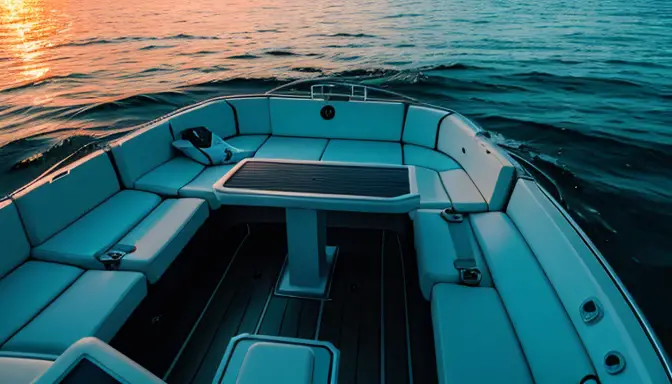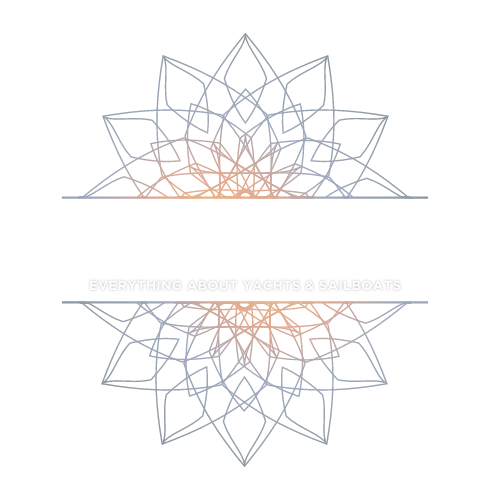Imagine you’re out on the water, enjoying a peaceful day of boating when suddenly, you realize your boat doesn’t have a kill switch. Panic sets in, but fear not! There are alternative safety measures and emergency procedures you can follow to ensure your safety and the safety of others onboard.
- Stay Calm: The first and most crucial step is to stay calm. Panicking can cloud your judgment and lead to further complications.
- Assess the Situation: Take a moment to assess the situation. Are there other safety devices or tools on board that can help?
- Notify Passengers: Inform your passengers about the situation and instruct them on safety protocols.
While a kill switch is a vital safety feature, being prepared for unexpected situations can make all the difference in ensuring a safe boating experience.
Understanding the Importance of a Kill Switch
The importance of a kill switch in boat safety cannot be overstated. Imagine you’re out on the water, enjoying a peaceful day of boating, when suddenly a rogue wave or unexpected obstacle throws you off balance. Without a kill switch, your boat’s engine continues to run, posing a serious threat. A kill switch is like a safety net, ready to spring into action at a moment’s notice, preventing accidents and potentially saving lives. It acts as a guardian angel, swiftly cutting off power to the engine in case of an emergency, ensuring your safety and the safety of others onboard.

Alternative Safety Measures
When your boat doesn’t have a kill switch, it’s crucial to consider alternative safety measures to ensure a safe and enjoyable boating experience. While a kill switch is a primary safety feature, there are other tools and techniques that can help mitigate risks and prevent accidents on the water.
One effective alternative safety measure is the use of Wearable Personal Locator Beacons. These devices provide a reliable way to alert others in case of an emergency on the boat. By wearing a personal locator beacon, you can quickly signal for help and improve your chances of being located swiftly in unexpected situations.
Another valuable option is Engine Cutoff Devices. These devices can function as a substitute for a kill switch by automatically shutting off the engine if the operator falls overboard or is unable to control the boat. Engine cutoff devices offer an additional layer of safety and can prevent accidents by stopping the boat’s propulsion in critical moments.
Wearable Personal Locator Beacons
Wearable Personal Locator Beacons are essential safety devices for boaters, providing peace of mind and security on the water. These compact beacons are designed to be worn by individuals, offering a quick and efficient way to alert others in case of an emergency. Here are some key benefits of using wearable personal locator beacons:
- Instant Distress Signal: With just a push of a button, these beacons transmit a distress signal, notifying nearby vessels and authorities of your location.
- GPS Tracking: Many beacons are equipped with GPS technology, allowing rescuers to pinpoint your exact location accurately.
- Waterproof and Durable: Designed to withstand harsh marine environments, these beacons are waterproof and durable, ensuring they function when needed most.
- 24/7 Monitoring: Some models offer 24/7 monitoring services, providing an added layer of safety and peace of mind for boaters.
Engine Cutoff Devices
When it comes to boat safety, having an Engine Cutoff Device can be a game-changer. These devices are designed to automatically shut off the engine if the operator is thrown from the helm, preventing the boat from continuing to run without control. Engine Cutoff Devices provide an additional layer of safety, especially in situations where a kill switch is not present. Here are some key points to consider:
- Engine Cutoff Devices offer a reliable means of stopping the engine in case of an emergency.
- They can be integrated into the boat’s ignition system, ensuring seamless operation.
- These devices are easy to install and can provide peace of mind for boaters.
By incorporating Engine Cutoff Devices into your boat’s safety measures, you can enhance your overall boating experience and reduce the risks associated with unexpected events on the water.
Emergency Procedures Without a Kill Switch
When you find yourself in a situation where your boat lacks a kill switch, it’s essential to stay calm and act swiftly to ensure the safety of everyone on board. Without this crucial safety feature, knowing the right emergency procedures becomes paramount. Let’s explore some effective strategies to handle emergencies without a kill switch:
- Manual Engine Shutdown: In the absence of a kill switch, the first step is to manually shut down the boat’s engine. To do this, you can turn off the ignition key or disconnect the fuel supply to stop the engine.
- Emergency Anchoring Techniques: Another method to bring the boat to a stop is by utilizing emergency anchoring techniques. Drop the anchor carefully to slow down and eventually halt the boat’s movement.
- Emergency Communication: In case of an emergency without a kill switch, it’s crucial to have a reliable means of communication onboard. Be prepared with a VHF radio or a mobile phone to call for help if needed.
Manual Engine Shutdown
When faced with a situation where your boat lacks a kill switch, knowing how to perform a manual engine shutdown becomes crucial for ensuring safety on the water. To execute a manual engine shutdown effectively, follow these steps:
- Turn the throttle to the neutral position to reduce speed and disengage the engine from propelling the boat forward.
- Locate the engine’s ignition key and turn it to the “off” position to cut off the fuel supply and stop the engine from running.
- If the engine continues to run, look for the fuel line or air supply and manually block it to halt the engine’s operation.
- Ensure all passengers are aware of the manual shutdown process and are prepared to follow safety protocols in emergency situations.
Emergency Anchoring Techniques
When facing a situation where your boat lacks a kill switch, knowing emergency anchoring techniques can be a lifesaver. One effective method is using a grapnel anchor, which has multiple hooks to grab onto the seabed quickly. By tossing the grapnel anchor overboard and allowing it to catch onto the bottom, you can bring the boat to a stop in emergency situations.
Another emergency anchoring technique involves using a drift anchor. This tool slows down the boat by creating drag in the water, helping to control the vessel’s movement. By deploying a drift anchor off the bow or stern, you can reduce the boat’s speed and bring it under control without a kill switch.
Frequently Asked Questions
- What is a kill switch on a boat?
A kill switch on a boat is a vital safety device that is designed to shut off the engine in case the operator is thrown overboard, preventing the boat from circling out of control. It is a crucial component for boating safety.
- Why is a kill switch important?
A kill switch is important because it can prevent accidents and injuries by immediately stopping the engine if the operator falls overboard. It ensures that the boat remains in control and reduces the risk of accidents on the water.
- What should I do if my boat doesn’t have a kill switch?
If your boat doesn’t have a kill switch, it is recommended to implement alternative safety measures such as using wearable personal locator beacons, engine cutoff devices, and following emergency procedures outlined in the article to enhance safety on the water.
- What Happened to Bluewater Yachts? The Inside Story - May 31, 2024
- Upgrade Your Boat’s Water Pump to the Mach 5 - May 30, 2024
- Upgrade Your Boat with the Big Stuff Stuffing Box - May 30, 2024


